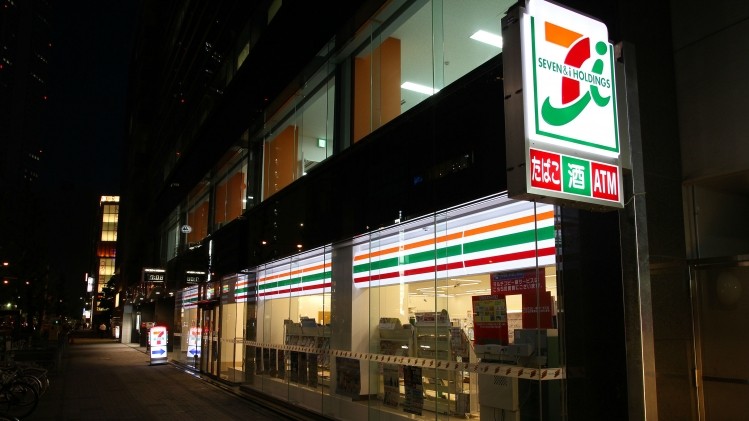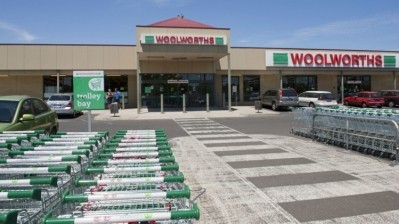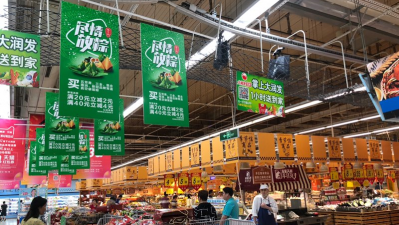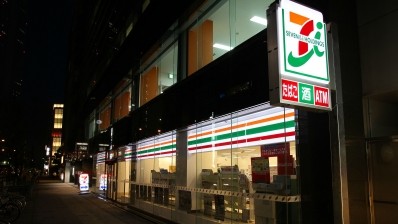Bigger isn’t better: Why convenience stores will rule Asian retail over the next five years

Asia’s leading convenience retailers are predicted to grow at a rate of 6.6% a year up to 2022, by US$5.1 trillion, according to the latest forecast from grocery and retail research group IGD.
“The Asia convenience channel is definitely one to watch over the next five years with the strong growth expected for c-store retailers,” said Charles Chan, senior retail analyst of IGD Asia.
“Indonesia in particular will continue to stand out as the fastest-growing retailer country, and the increasing number of single- and two-person households is driving the growth of South Korean retailers, increasing growth of smaller formats.
“This reflects consumer behaviour of purchasing smaller portions and pack sizes along with ready-to-eat solutions.”
Four main forms
According to IGD, Asia’s large and congested cities and growing young and increasingly affluent populations are ideal incubators for “proximity retailing”. Formats and retailers are emerging in many forms.
IGD identified the four main proximity store formats in the region.
Forecourt: Pioneered in North America, with a focus on transient trade — snacking, foodservice and food-to-go solutions.
CVS: Led by retailers in Asia servicing densely-populated, congested urban areas, serving a demand for impulse, speed and time of day.
Neighbourhood convenience: Influenced by leading supermarket operators in Western Europe, with a focus on fresh food, meal solutions and top-up.
1k Supermarkets: 1,000-square-metre stores in many forms and locations, driven by the changing competitive landscape and shopper patterns, focused on top-up ranges.
“CVS and neighbourhood convenience are the most widely-adopted models currently, with both specialists and multi-channel retailers operating formats under these types,” said Chan.
“1k Supermarkets are a growing trend, particularly in urban locations where hypermarket growth is challenging or space for new stores is limited — these stores serve limited catchment areas and have high footfall.
“Although the model we’ve outlined provides a nice way to segment customers, inevitably elements of each type do appear in other models, resulting in a blurring of store types.”
Leading retailers in 2022
IGD data shows the 10 leading convenience retailers in 2017 are all Asian-based business, with all of them forecast to maintain strong growth over the next five years.
Among them, FamilyMart UNY has established itself as the second-largest convenience player in Asia following its merger, while Indomaret and Alfamart are expected to remain the fastest-growing players.
The increase in smaller households is driving the growth of South Korean retailers GS Retail, BGF Retail and Lotte (7-Eleven). Likewise for Shinsegae, the convenience channel is growing in importance with sales rising 80.8% in 2017 and investment in re-branding With Me to E-Mart 24.
7-Eleven top
7-Eleven is the leading convenience banner in Asia, with sales expected to increase 5.7% CAGR until 2022.
Earlier this year, 7-Eleven Japan surpassed 20,000 stores — the first retailer to cross this milestone in Japan. By 2019, it plans to enter Okinawa, the only Japanese prefecture where it is yet to have a presence.
The group’s strategic priorities include using private label products and omni-channel strategies to drive organic growth.
Bringing new initiatives to its stores, 7-Eleven Japan has started to label its prepared foods in English as well as Japanese, in response to the rising number of foreign tourists.
More services and convenience to customers can also be seen as 7-Eleven Japan recently announced a partnership with SoftBank, utilising its bike-sharing business, to make 5,000 bicycles available at 1,000 stores by the end of FY2018.
The company will also expand internationally in markets where demand is strong, such as China.
Priorities for suppliers
With the convenience channel expected to take centre stage in the coming years, Chan outlined a number of priorities that suppliers should focus on to succeed in this segment.
“Suppliers should flex their thinking to the operator model — proximity formats come in many forms, therefore suppliers should challenge their thinking around products, pack formats, promotions and the target customers,” said Chan.
“Flex your products and services to the location: many retailers either flex the offer and/or the store format to enable them to target as many locations as possible, so suppliers should consider where the gaps in their portfolio are.
“Although price is important, innovation around products and promotions are a key differentiation and will target young shoppers, a key demographic.”
Lastly, he stressed that online and digital solutions should be a focus, and all major retailers have online operations, delivery and collection services, and are experimenting with digital and mobile.


















